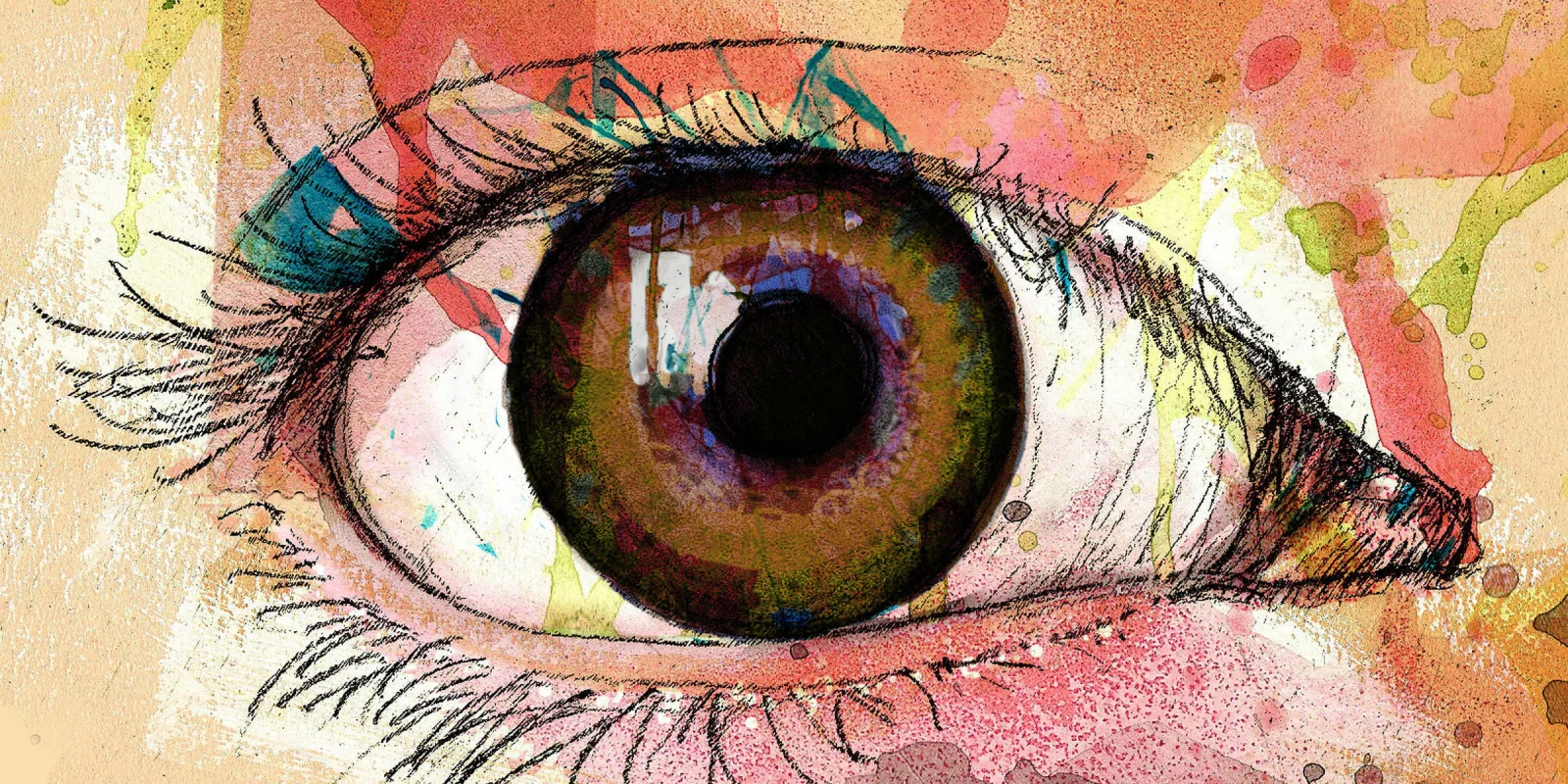I just attended The American Academy of Ophthalmology (AAO) Annual Meeting, held in Chicago in late September. These conferences are critical in advancing our knowledge of new technologies and developments and innovations in the eye care space. This year’s meeting did not disappoint!
One highlight of the conference was an industry-sponsored campaign designed to encourage eye care professionals to take a new look at a relatively old (and well-known) eyelid margin disease, Demodex blepharitis (DB). This was of special interest to me because I have been doing research on Demodex for two decades. Demodex blepharitis is caused by an infestation of Demodex mites – the most common ectoparasites found on humans. When there is an overgrowth of these mites, patients can experience red, itchy, or irritated eyelids, missing or misdirected eyelashes and inflammation of the conjunctiva and lid margin. The disease is highly prevalent – it impacts approximately 25 million eye care patients in the U.S. – yet it usually goes undiagnosed. The diagnosis is simple – eye care professionals can spot DB by asking patients to look down during a routine slip lamp exam. When the patient’s upper lash line is exposed during an exam, a doctor can see the presence of collarettes. Collarettes are waxy debris composed of waste and eggs that these mites leave behind. This part of the exam doesn’t require any extra equipment, and only takes a couple of seconds. As simple as this is to see, most doctors are not screening for this! I had just co-authored a review on Demodex Blepharitis in the Cornea journal. Unfortunately, it takes a concerted effort by industry to bring attention to this problem.
In an effort to drive more doctors to look for this highly pervasive disease, Tarsus Pharmaceuticals, a small, California based pharmaceutical company, launched a disease awareness program at AAO called “Look at the Lids”. Like the straightforward campaign slogan suggests, the campaign encourages eye care professionals to look at every patient’s lids during a routine eye exam, to inspect for the presence of collarettes. One hundred percent of patients who have collarettes have Demodex blepharitis. The diagnosis is simple and certain – if you’re looking for it.
To announce the campaign, the company hosted an educational event at Chicago’s Soldier Field, where several heavy hitter-ophthalmologists teamed up in a competitive game of “Folliculorum Feud”, a “Family Feud”-style game that provided the audience with facts and figures about Demodex blepharitis and encouraged doctors to – you guessed it – look at a patient’s lids in every eye exam. I went with four residents and enjoyed the event.
Overall, the meeting was vibrant and filled with energy and excitement. There were more exhibitors than ever and the convention space was enormous. This was the world cornea year and Cornea Day on Saturday was special with great talks and discussions especially on conjunctival tumors. I am already looking forward to next year's meeting in San Francisco.
Dr. Perry is affiliated with Alcon,Allergan, AXIM, Azura, Bausch & Lomb, Blephex, Kala, Novabay, Novaliq, Noveome, Omeros, Sol-Gel, and Tarsus.
Image by illu / GettyImages







